How to Plan Your Round the World Trip: Where to Go?

As Mustafa and I near the 3 month milestone in our trip, there is one question we are often asked by people we meet on our travels: How do you plan a 16 month trip?
The first logical step in planning was to start with where we wanted to go. We started discussing this about 6 months before we were set to depart and set up a spreadsheet with a list of all the countries we would like to visit. The first list we compiled had 40 counties. Seems like a ton of countries to cover in 16 months, doesn’t it?
I did some preliminary research on each of the countries in our list:
- Degree of interest in visiting. (Is this country a “must-see” or is it just an interesting place to visit?)
- Is this an expensive country to visit? (lodging, transportation, food and visa costs)
- Do we need a visa and if so, how onerous are the visa requirements?
I found a website called Travel Independent to be exceedingly helpful on planning where to go. It provides a country by country breakdown including highlights, lowlights, costs, food, weather, visas and more.
In the end, after discussing the pro’s and con’s of visiting each place, we shortened our list to about 30 countries. To our disappointment, we had to take a few “big” countries off our list: Russia and India.
Russia’s visa process is expensive, complex and restrictive, even for tourist visas. As US citizens, we’d need invitation letters from a hotel or travel agency, each of us would need to pay $140 in visa application fees, we’d have to check-in with police for any city we stay in more than 72 hours. On top of all that, we’d only be allowed in the country for the very specific dates we specified on our application. Mainly due to the date restrictions, we decided to take Russia off our list.
As much as we wanted to go to India, Mustafa faced complications from being Pakistani (despite also being a US citizen). The process to get a tourist visa could take anywhere from a few months to over a year with no guarantees, and he wouldn’t be allowed to travel on his US passport (which would afford him better consular assistance if needed). Being all too familiar with how things get done in South Asian countries, Mustafa asked his colleague who used to be a senior bureaucrat in The State Bank of India to intercede with the Indian Embassy on his behalf. We requested a privileged visa for Pakistanis that exempted the holder from a number of restrictions, most important of them being police registration in every city. In the end, all that could be had was the regular restricted visa, and that too after calling in a favor. The prospect of visiting a thanna (jail) in every city on our India vacation was just too distasteful so we were forced to scratch India off our list. We still hope to go to India in the future, perhaps as a side trip when visiting Mustafa’s family in Pakistan, but will have to wait until after the insane visa restrictions have been relaxed.
The remaining list of 30 countries we’ve compiled isn’t an “end all be all”, and is in all likelihood still overly ambitious given our 16 month timeline. On this long of a trip, flexibility is king. So even after all this planning, the nucleus of our approach is “go with the flow”.
Sometimes we find ourselves tired and we decide to skip a place we previously planned to visit. Other times, the cost of transportation is too expensive, so we simply forgo visiting a particular destination. For instance, we were in Dubrovnik, Croatia – our next stop was supposed to be Athens and then Crete. The cost to fly from Dubrovnik to Athens to Crete was about $625/person. We ended up modifying our plans to fly from Dubrovnik to Milan to Crete, which ended up being $305/person. We missed out on Athens (which Mustafa had already been to), but unexpectedly got to go to Milan instead. That little modification saved us $640, and as a bonus we had the best raspberry macaroon and tiramisu either of us had ever tasted and one of the best pizzas.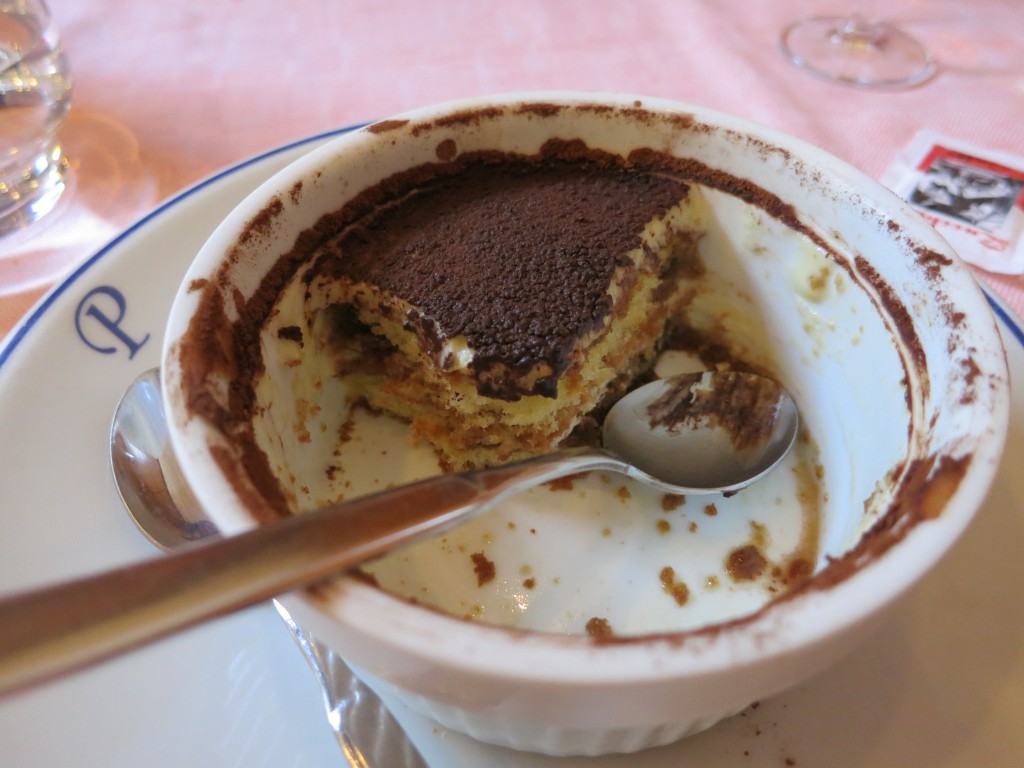

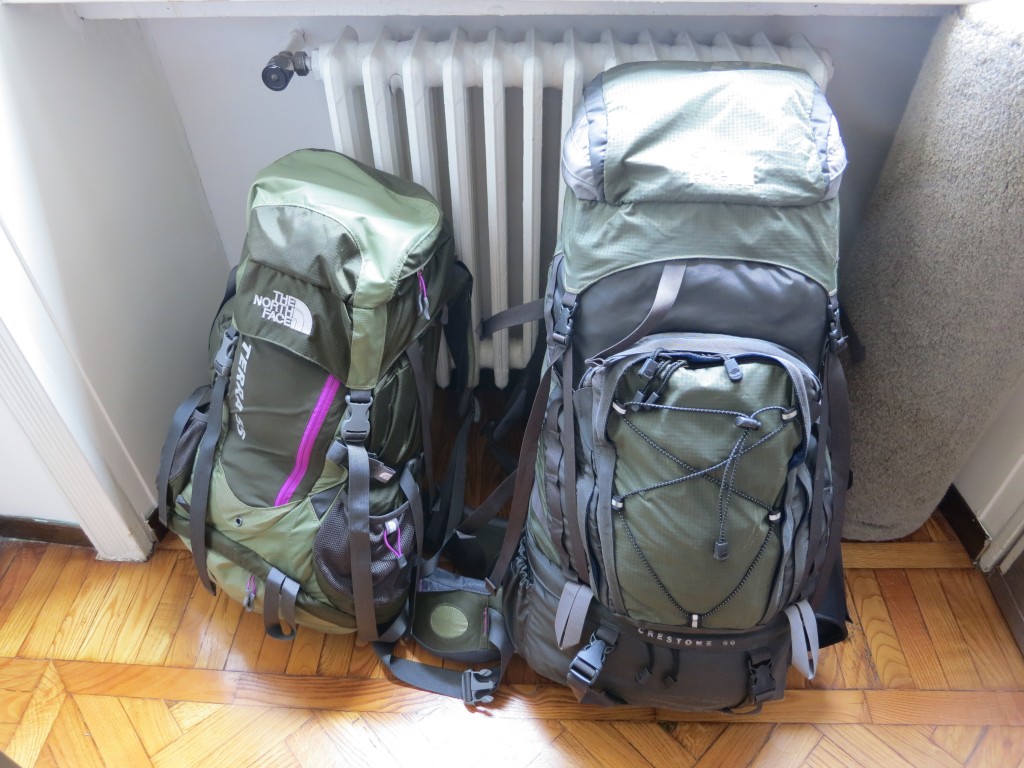

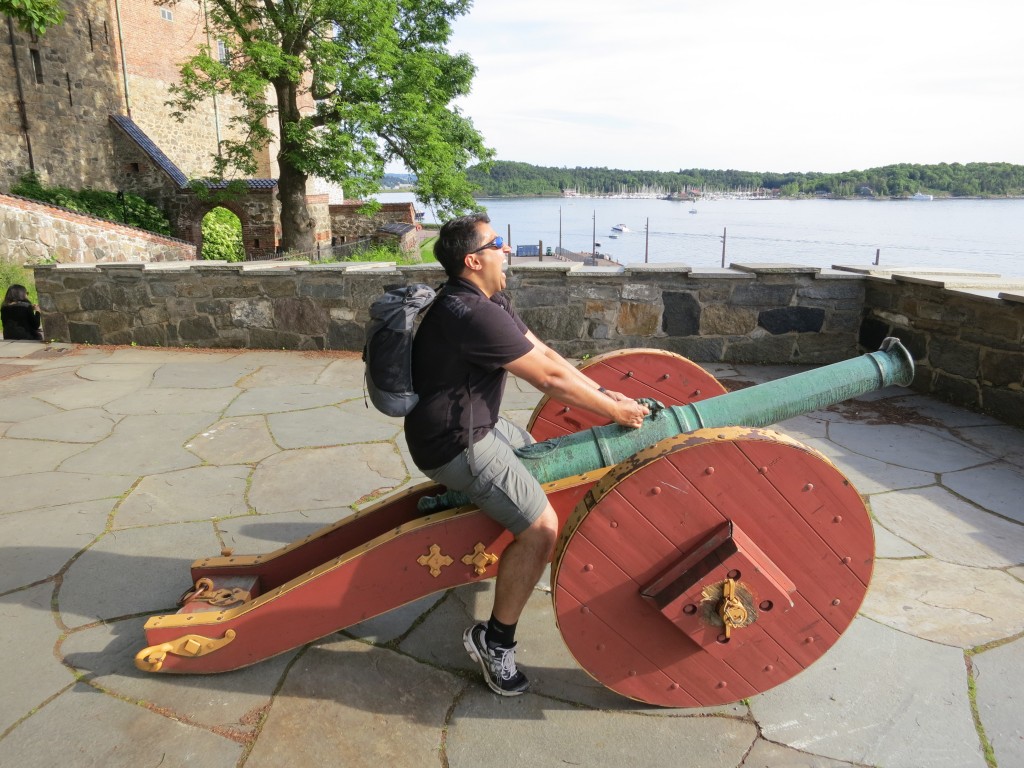
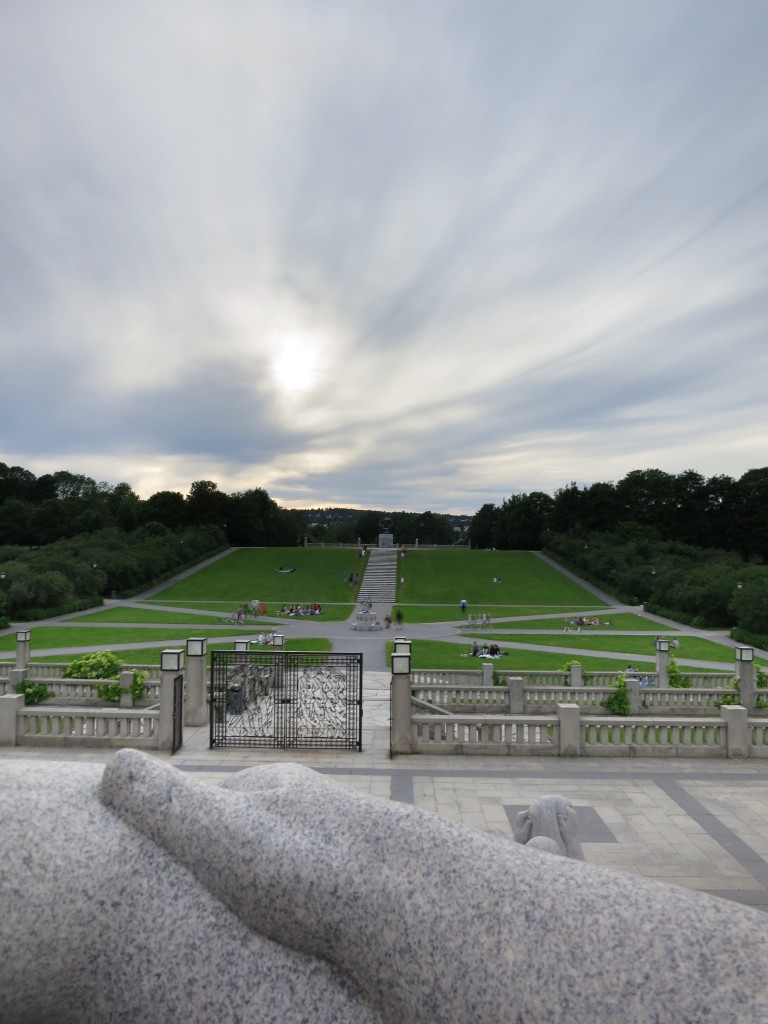

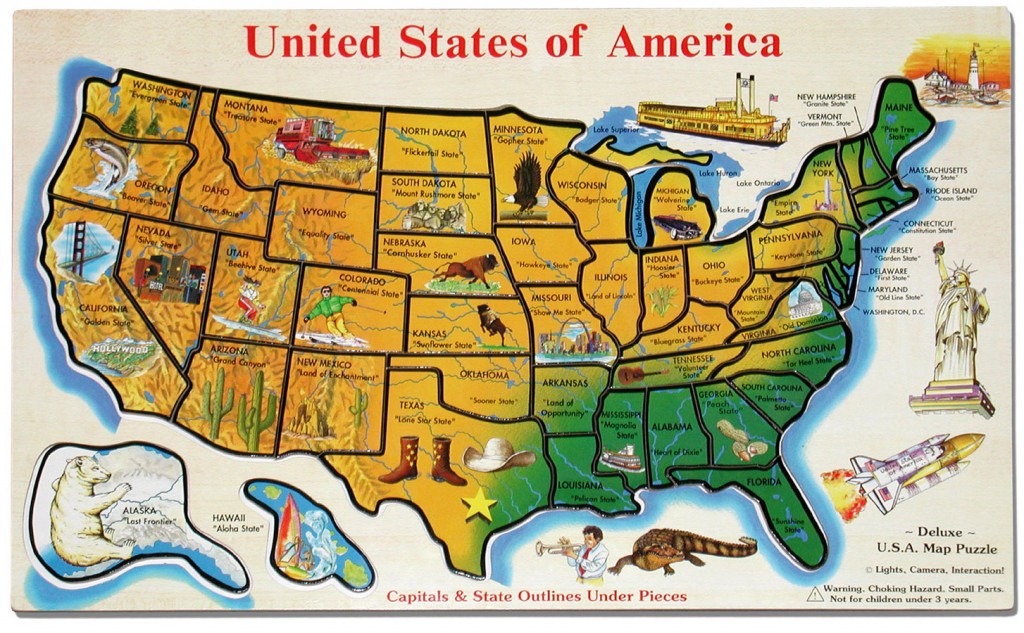
Recent Comments